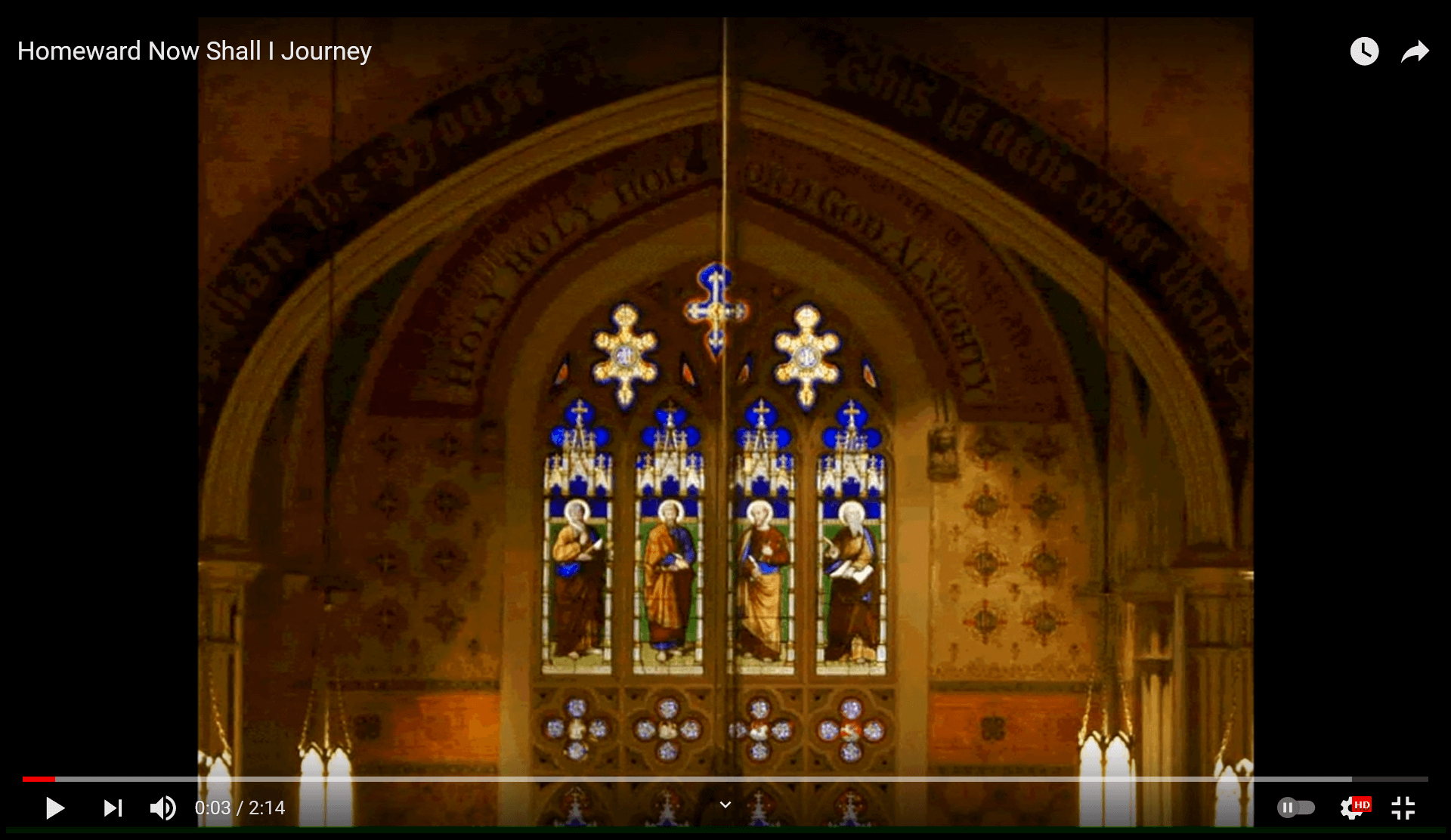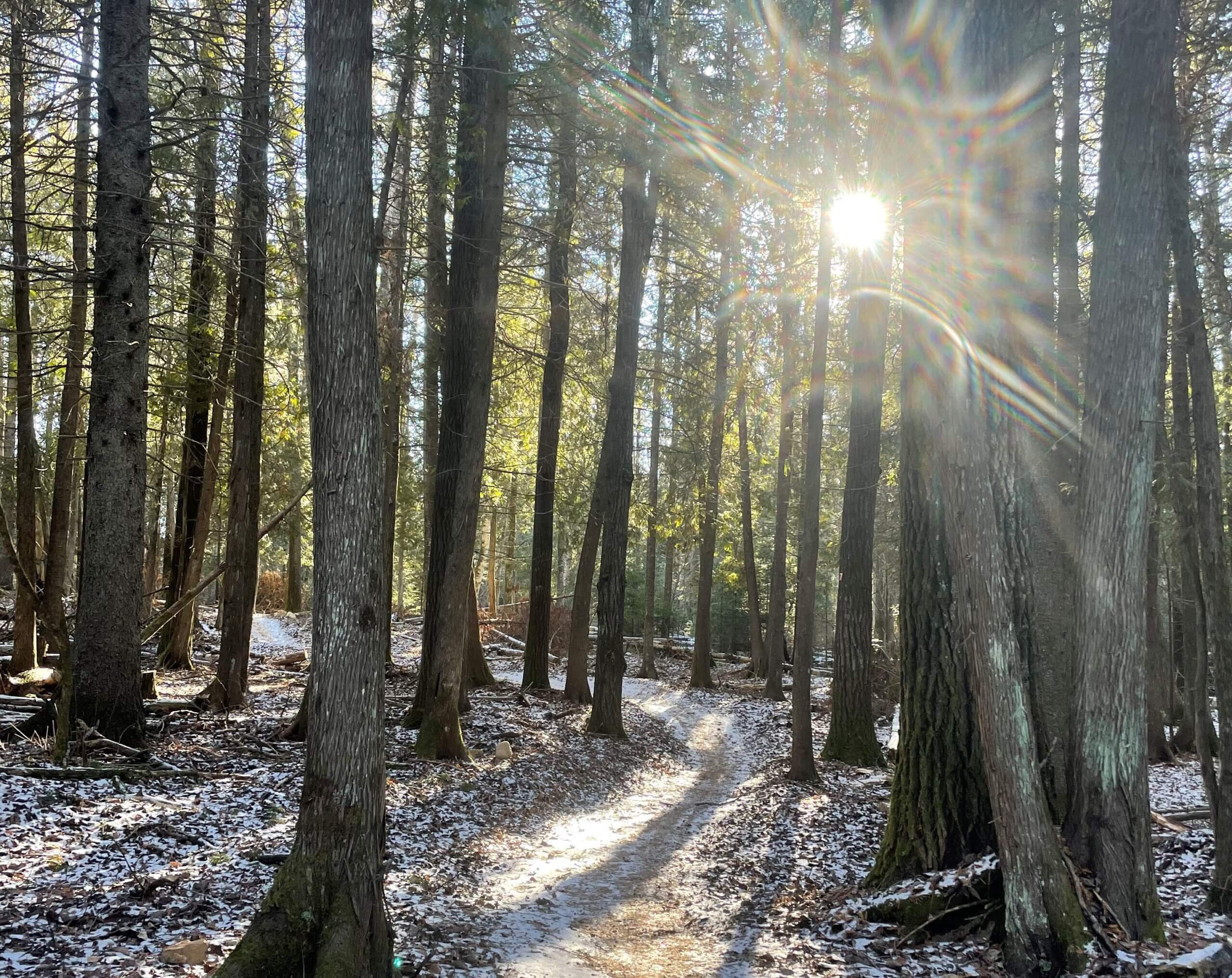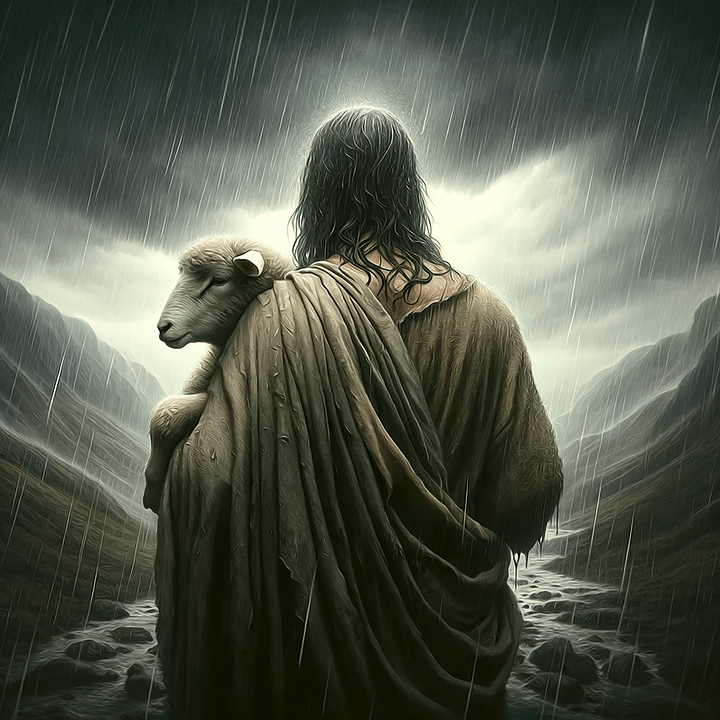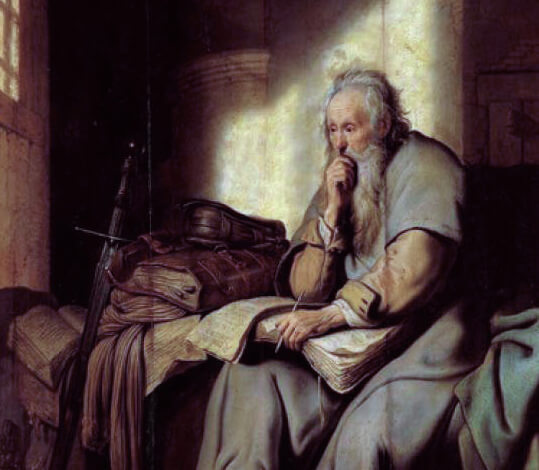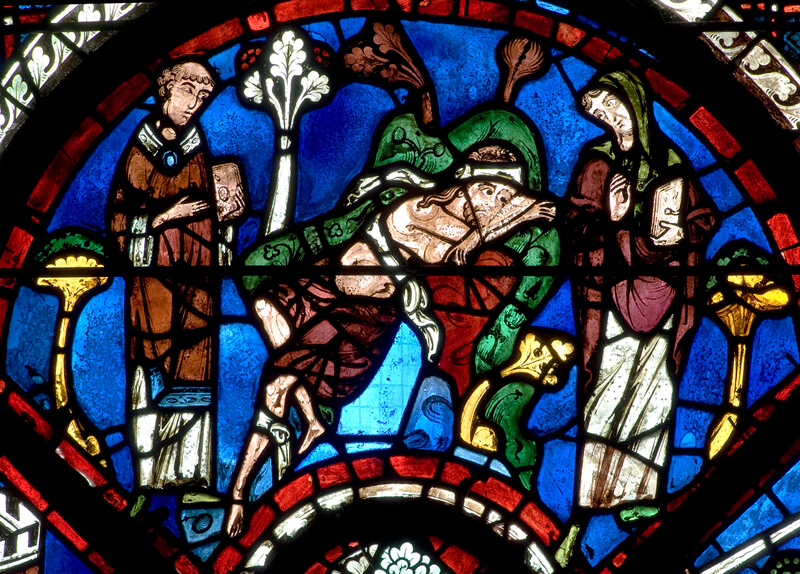The music of this song travelled to Susie and this community at Holy Trinity from our dear friend Moon Joyce. She told me (on the morning of Gwen Setterfield’s funeral) that she heard it from another dear friend, Michele George. Michele learned it from the man who wrote it, Ron Short.
Ron wrote to me, late last Tuesday (the same day):
“I created the song for a collaborative performance with singers, storytellers and dancers from the Zuni Pueblo. It was our Entrance Song and the beginning of the performance. I sang the song in the style of The Old Regular Baptist Church while the Zuni singers and drummer entered singing a traditional Zuni song – our voices blended into one intonement and was quite moving for us as singers.
“Thank you for sharing this lovely version with me. The power of song to travel this World on its own still amazes and mystifies me.”The words began as the lyrics of a ritual Mountain Song of the Navajo People, as credited in a very early book of ethnomusicology, The Indians’ Book: songs and legends of the American Indians recorded and edited by Natalie Curtis. She said, in her introduction:
“The translations [of the words] are as literal as possible, yet the
chief desire has been that the real meaning should truthfully flash through the English words, and that the translation should retain the fragrance, the color, and above all, the spirit of the original.
The translation has been fitted to the music …”The Dover paperback edition, from 1968 (reprinted from the revised 2nd edition of 1923), is the one owned by Toronto Public Library. The mountain song text, with context and translation, is on pp. 352-356; the musical notation is on pp. 377-381.
Alan Gasser, 26 September 2016
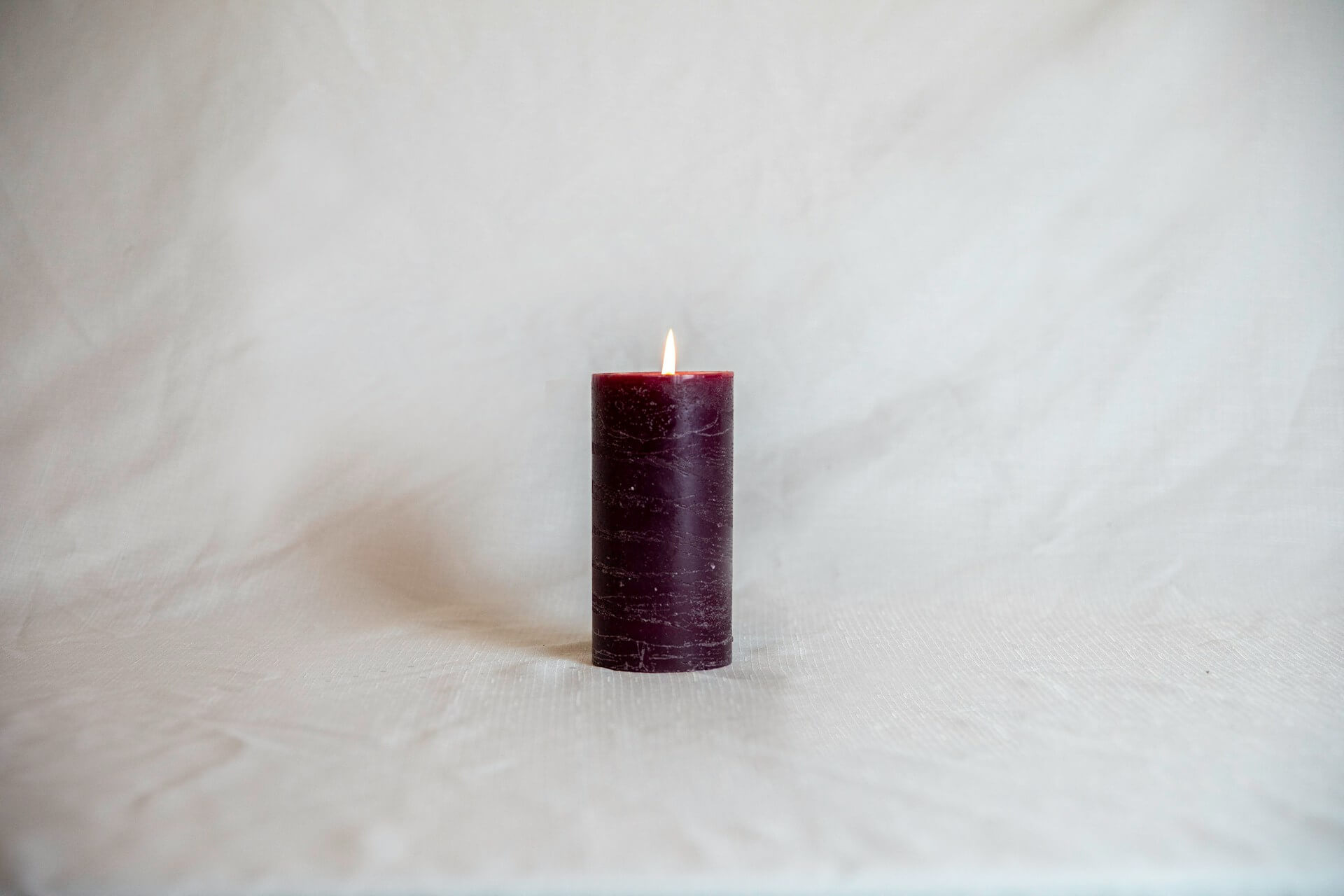
Advent 2
This week we light the candle of Peace as we await the Birth of Jesus. We read a poem from Wendell Berry and the Gospel

